TeleSur.TV/01 de julio de 2016/
África es la región que ofrece el «panorama más sombrío», según la Unicef.
Se estima que 69 millones de niños morirán por causas inevitables y unos 167 millones de vivirán en pobreza para el año 2030.
De acuerdo al documento Estado Mundial de la Infancia publicado por la Unicef este martes, para el año 2030 podrían morir 69 millones de niños por causas inevitables y otros 167 millones vivirán en la pobreza.
El informe revela que en 2030, fecha en que se vence el plazo de los Objetivos de Desarrollo Sostenible de Naciones Unidas, aquellos niños en situación de vulnerabilidad les espera «pobreza, analfabetismo y muerte prematura».
Futuro devastador
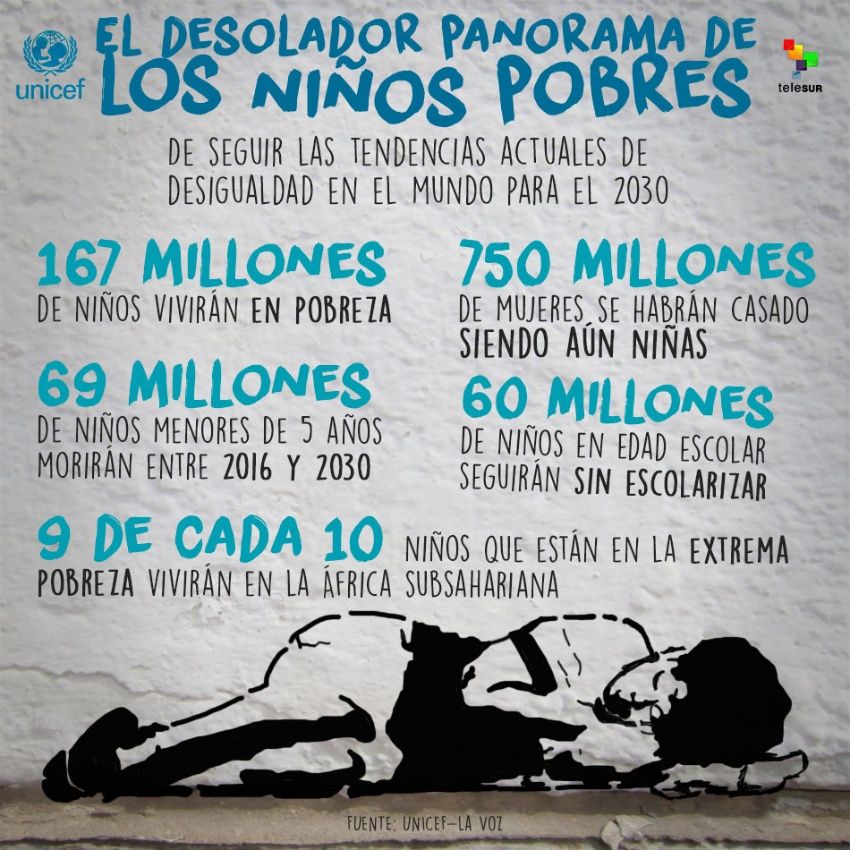
Los niños se ven afectados «desproporcionadamente» por los conflictos violentos, emergencias humanitarias y desastres naturales, así como por crisis sanitarias, destaca el estudio.
Además, estima que para ese año 750 millones de mujeres se habrán casado siendo aún niñas.
“Las vidas de millones de niños se ven arruinadas por la simple razón del país, la comunidad, el género o las circunstancias en las que nacen», lamentó el director ejecutivo de Unicef, Anthony Lake, quien además agregó que «antes de que respiren por primera vez, las opciones de vida de los niños pobres y excluidos a menudo se ven modeladas por las desigualdades».
El informe destaca, asimismo, que se ha avanzado considerablemente en la labor de salvar las vidas de los niños, reducir la pobreza y lograr que asistan a la escuela.
De esta forma se ha conseguido reducir la tasa de mortalidad de menores de cinco años desde 1990, que los niños y niñas asistan a la escuela primaria en igualdad en 129 países y que el número de personas que viven en la extrema pobreza se haya reducido a casi la mitad en comparación a la década de 1990.
Sin embargo, el progreso no ha sido “uniforme y justo”, según Unicef, debido a que los niños en mayor situación de pobreza tienen el doble de probabilidades de morir antes de los cinco años que los más ricos, así como de sufrir desnutrición crónica. En cuanto a las niñas provenientes de hogares más pobres tienen un 2 por ciento de probabilidades de casarse durante la infancia que otras niñas de estratos sociales más altos.
«A pesar de los avances en las últimas décadas, un gran número de niños se ha quedado atrás, por lo que tenemos que mantener este progreso, pero centrándonos en los más desfavorecidos», explicó el director de programas de Unicef, Ted Chaiban.
África con un “panorama más sombrío”
La región de África Subsahariana mantiene un panorama más desolador. Al menos 247 millones de niños, el equivalente a dos de cada tres, viven en pobreza multidimensional y sin los elementos necesarios para sobrevivir.
Los niños tienen hasta 10 veces más probabilidades de morir antes de los cinco años, y un total de nueve de cada 10 niños que viven en la pobreza en el mundo se encuentran en esta región.
Además, casi el 60 por ciento de los jóvenes de entre 20 y 24 años ha tenido menos de cuatro años de escolaridad.
La educación contra la desigualdad
La educación desempeña «un papel único para poner fin a los ciclos intergeneracionales de desigualdad». Sin embargo, desde 2011 Unicef ha denunciado que el número de niños que no asisten a la escuela ha aumentado, mientras que existe una proporción significativa de aquellos que sí van pero no logran aprender.
Otros datos reflejan que 124 millones de niños no acceden a la enseñanza primaria o secundaria, y casi 2 de cada 5 alumnos que terminan la escuela primaria no han aprendido a leer, escribir o hacer cálculos aritméticos simples.
Para el 2030, según las estimaciones de Unicef habrá más de 60 millones de niños fuera de la escuela.
Invertir en el futuro de las sociedades
El informe expone que si se invierte en aquellos niños que viven en las situaciones más vulnerables, se podrían producir beneficios inmediatos y a largo plazo.
En promedio cada año adicional de educación que recibe un niño aumenta sus ganancias cuando sea adulto en un 10 por ciento. Por cada año de estudio aprobado, la tasa de pobreza de un país caerá en un 9 por ciento.
Tomado de: http://www.telesurtv.net/telesuragenda/El-rostro-infantil-de-la-pobreza-20160628-0032.html
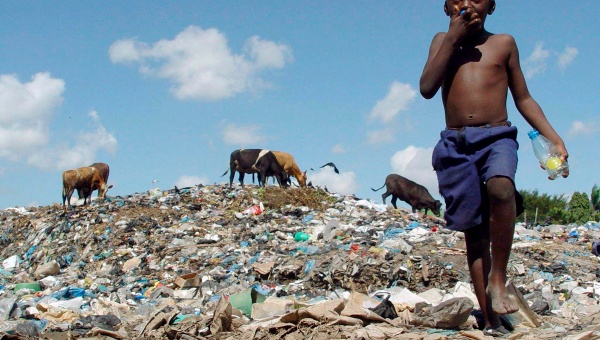


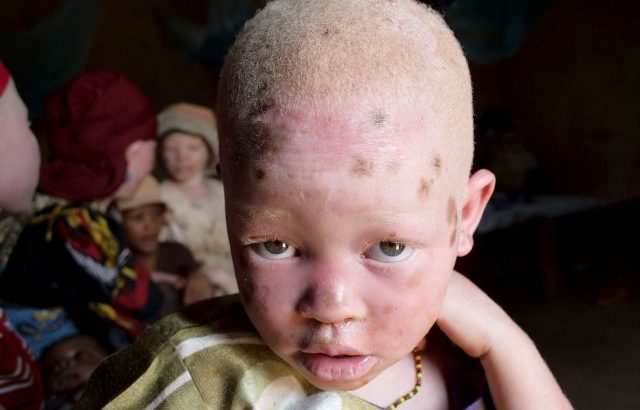
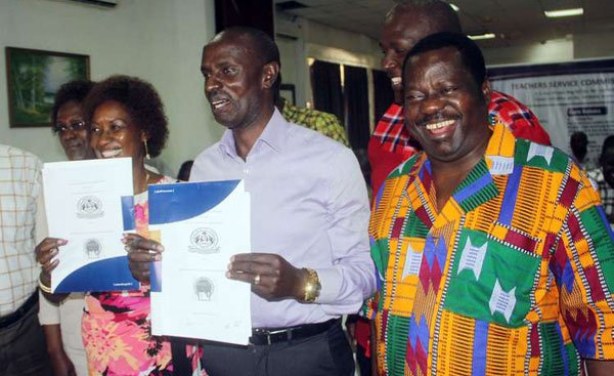
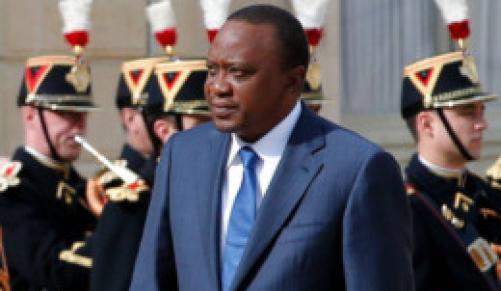
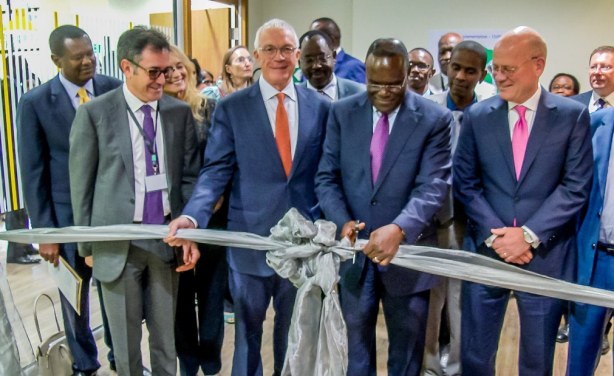








 Users Today : 2
Users Today : 2 Total Users : 35460781
Total Users : 35460781 Views Today : 6
Views Today : 6 Total views : 3419993
Total views : 3419993